#animals video
Text
weekend pleasure
🦜🦜
#funny#funny birds#memes#humor#smart animals#funny animals#pet#pets#animals#meme#lol memes#lol#cute birds#cute#ha ha funny#birds of tumblr#cuteness#haha funy#haha#funny post#cute animals#birds#birds video#animals video#animal kingdom#love animals
1K notes
·
View notes
Text
You need to hear this 🗣 🎶
[Cheetahs aren't "big cats" (under the genus panthera) so they aren't capable of roaring unlike other larger wild cats you may be familiar with]
#cheetah#animals#nature#wildlife#cheetahs#wild animals#big cats#beautiful animals#beautiful animal#animals video#cats#feline#cute cats#animalsanctuary#animal sanctuary#wild life
3K notes
·
View notes
Text
Strength in numbers
Always nice to have your brother backing you up 🐺 🩶 love it 🐺
321 notes
·
View notes
Text
Bonjour les amis 💓
Belle et chaleureuse semaine à tous 💐 ☀️
Have a nice new week everyone 🐿️
Source : Pinterest
#bonjour#good morning#buongiorno#guten tag#bonne semaine#good week#have a nice week everyone#buona settimana#buena semana#vidéo#video#vidéo d’animaux#animals video#écureuil#squirrel#ardilla#scoiattolo#eichhörnchen#neige#snow#schnee#nieve#nevicare#hiver#winter
227 notes
·
View notes
Text
Начинаем день с разминкой от манула. We start the day with a warm-up from the Pallas' cat.

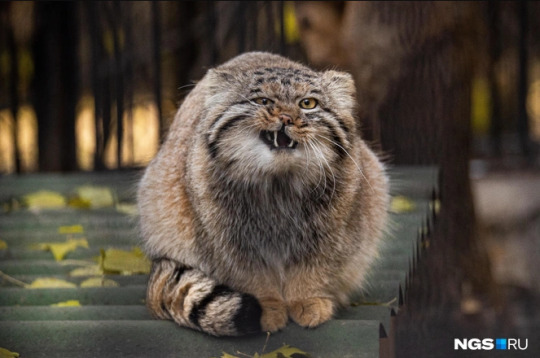


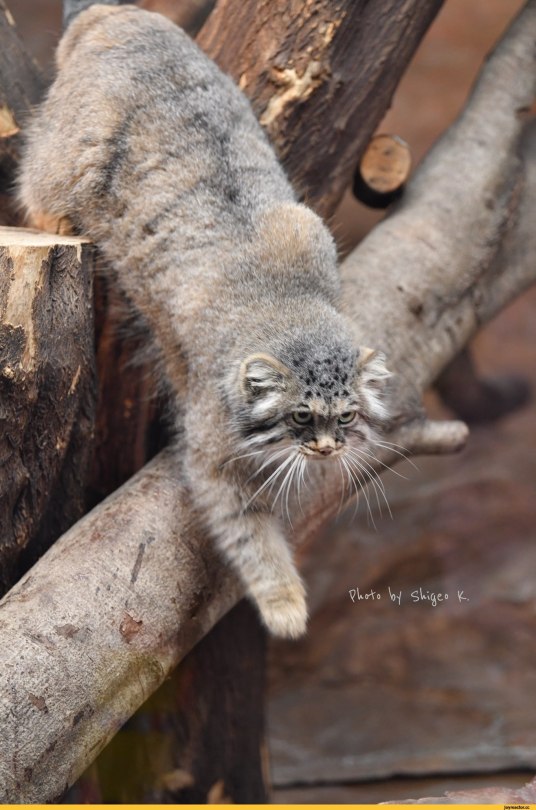


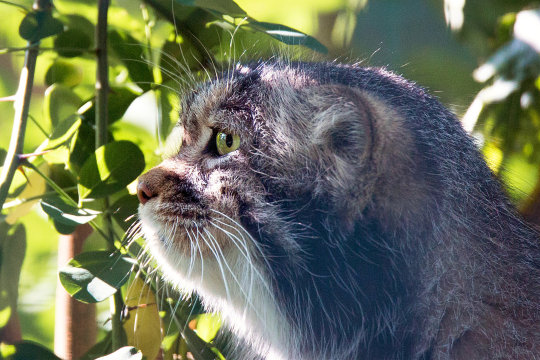
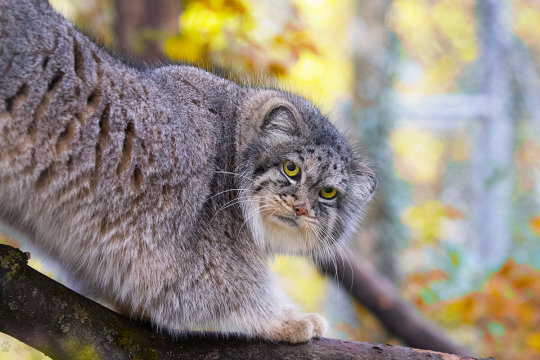

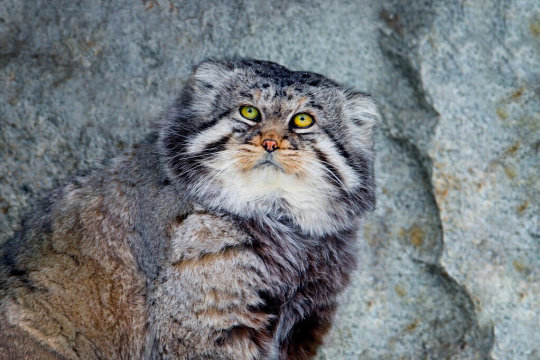


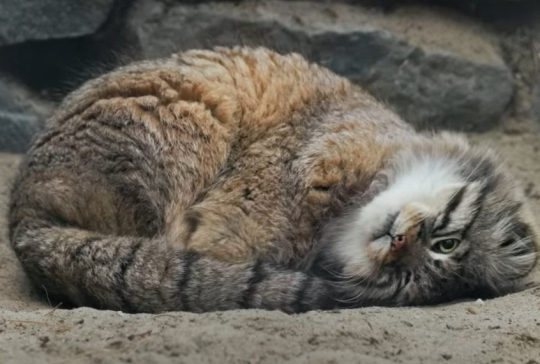
Манул (или палласов кот) — это небольшой дикий кот, обитающий в центральной и северной Азии. Он является исчезающим видом и включен в Красную книгу России и других стран. Считается, что манулы одни из старейших диких кошек. Манул довольно мелкий для диких кошачьих — размером с домашнюю кошку. Длина тела достигает 50-62 см, хвост — 23-31 см, вес — от 2,5 до 4 кг, хотя из-за пышного меха манул выглядит довольно крупным и тяжелым. У манулов самый густой мех среди всех представителей семейства кошачьих: на один квадратный сантиметр туловища у них приходится до 10 тысяч шерстинок. Именно поэтому манулы спокойно относятся к холоду: им комфортно гулять и охотиться при температуре до минус 50 градусов. Ареал обитания манула очень широк. Манул обыкновенный преимущественно обитает в России: в Сибири, Красноярском крае, Забайкалье, Туве и на Алтае. Его также можно встретить в Монголии и Китае. Среднеазиатский манул водится в Афганистане, Узбекистане, Пакистане, Туркмении, Таджикистане, Иране и Казахстане, а тибетский — на Тибете, в Кашмире и в Непале.
Манул один из самых интровертных представителей семейства кошачьих. В дикой природе они ведут обособленный образ жизни, стремятся к одиночеству и не любят контактировать с какими-либо живыми существами, включая своих же собратьев: при встрече с ними они дерутся не на жизнь, а на смерть. Манулы — животные тихие и крайне редко издают какие-либо звуки, дабы не привлекать лишнего внимания. Но если дикий кот и подает голос, то это меньше всего похоже на мяуканье кошки: манулы шипят, кряхтят и рычат. Одна из самых характерных черт манулов — их огромная тяга к свободе.
The Pallas cat is a small wild cat native to central and northern Asia. It is an endangered species and is included in the Red Book of Russia and other countries. Pallas' cats are believed to be one of the oldest wild cats. Manul is quite small for a wild cat - the size of a domestic cat. Body length reaches 50-62 cm, tail - 23-31 cm, weight - from 2.5 to 4 kg, although due to the lush fur, the Pallas's cat looks quite large and heavy.Pallas' cats have the thickest fur of any member of the cat family: they have up to 10 thousand hairs per square centimeter of their body. This is why Pallas’ cats are calm about the cold: they are comfortable walking and hunting at temperatures down to minus 50 degrees. The habitat of the Pallas's cat is very wide. The common manul lives mainly in Russia: in Siberia, the Krasnoyarsk Territory, Transbaikalia, Tuva and Altai. It can also be found in Mongolia and China. The Central Asian Pallas's cat is found in Afghanistan, Uzbekistan, Pakistan, Turkmenistan, Tajikistan, Iran and Kazakhstan, and the Tibetan Pallas's cat is found in Tibet, Kashmir and Nepal.
Manul is one of the most introverted representatives of the cat family. In the wild, they lead an isolated lifestyle, strive for solitude and do not like to contact any living creatures, including their own fellow creatures: when meeting them, they fight to the death. Pallas' cats are quiet animals and rarely make any sounds, so as not to attract unnecessary attention. But if a wild cat makes a voice, it is least like a cat’s meow: Pallas’ cat hisses, grunts and growls. One of the most characteristic features of Pallas cats is their great desire for freedom.
Источник:/pets.mail.ru/stories/10-neozhidannyih-faktov-o-manulah-kotoryie-vyi-mog/,https://www.techinsider.ru/science/1568331-samyy-strannyy-rossiyskiy-kot-vse-fakty-o-manule/, t.me @kotya, //dzen.ru/a/Y0MkRW5adSgkm6rT,/www.ixbt.com/live/offtopic/kto-takie-manuly-i-chem-oni-otlichayutsya-ot-obychnyh-koshek.html.
#video#nature#animal video#animal photography#cute animals#animals video#wild cats#Pallas cat#Manul#видео#природа#фото животных#животные#дикие кошки#палласов кот#Манул#милота
186 notes
·
View notes
Text
🔥Normal day in Alaska
source
#brown bear#bear#grizzly#nature#animal#animals#wildlife#wild animals#animals video#video#alaska#america#funny video#river#running#fishing#oh wow#scary#sweaty palms#bears#animal planet#animal videos#holy shit
2K notes
·
View notes
Text
OMG is too cute 🐴🥰🐎
#funny videos#animals#horses#cute horse#miniature horse#animals video#so cutie#so adorable#adorable baby
53 notes
·
View notes
Text
#sweet bunny#bunnies#amazing animals#amazing animals video#animals video#cute animals#domestic animals#animals lovers#cute bunny#tent#dig#playing on the beach#vacation#falling in love
323 notes
·
View notes
Text
In animals we trust Ep:44 (6)
60 notes
·
View notes
Text
15 notes
·
View notes
Text
A corner of heaven
#nature of nature's art#amazing nature#animals#animals video#clouds#waterfall#nature art#adventure#landscape#travel#travelling#village life#animal crossing villagers#house with a view#green#cottagecore#cottage aesthetic#paradise#inspiration#explore#cottage garden#cozycore#cozy aesthetic#mountains#traveling by train#forest#clean air#the mountain goats#goats#pets
652 notes
·
View notes
Text
*gnamm gnamm
#red panda#animals video#cute animals#wild animals#animalsanctuary#red pandas#panda#baby panda#beautiful animal#wild life#wildlife#baby animals#cute video#animal video
13K notes
·
View notes
Text
♡ Beautiful moment of love and tenderness between cubs 🐻❤️🐻
269 notes
·
View notes
Text
☺️
#oiseaux#birds#pajaros#uccelli#vögel#perruche#perruches#parakeets#vidéo#video#animals video#vidéo d’animaux#vero emilie
161 notes
·
View notes
Text
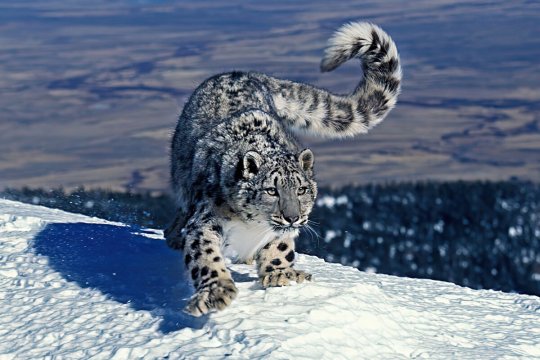


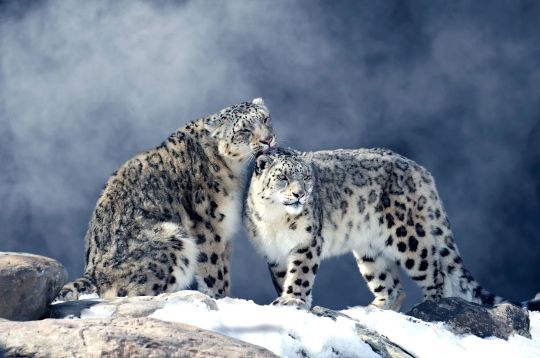



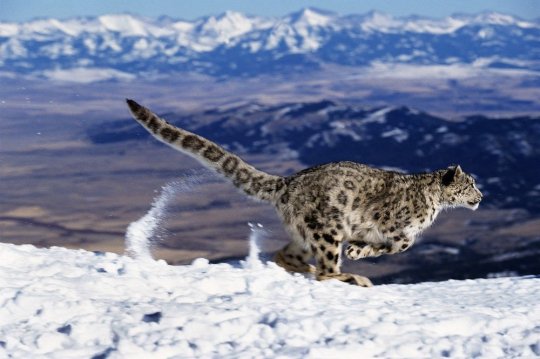


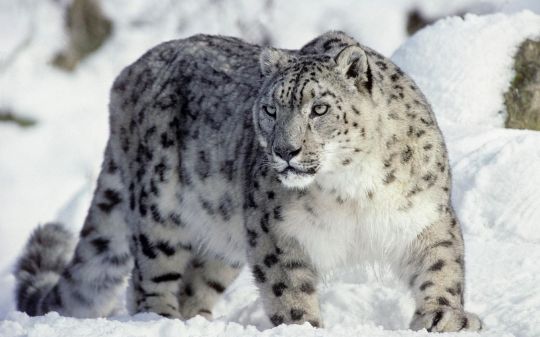
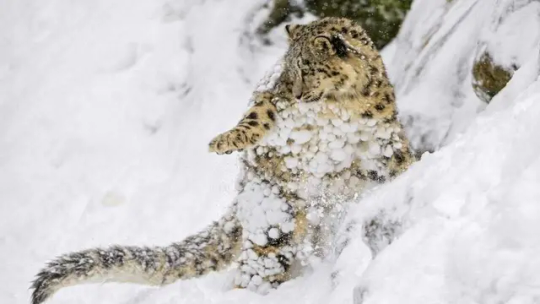

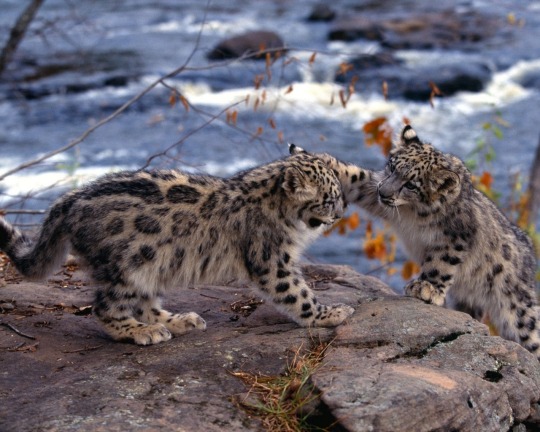

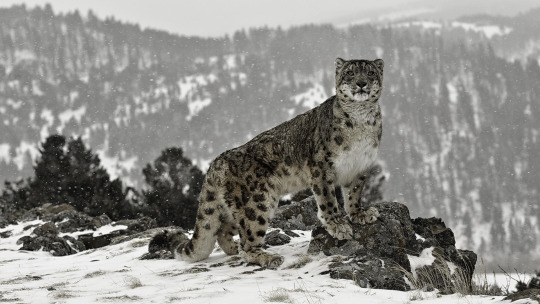

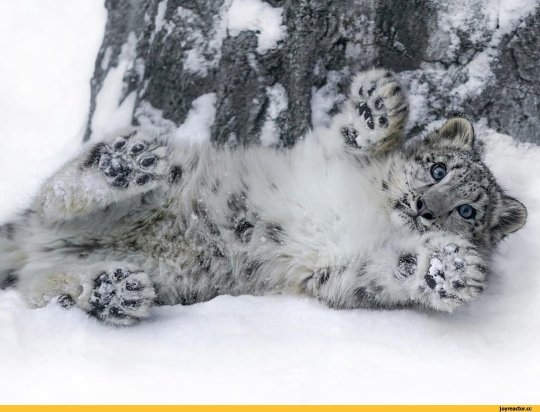


Снежный барс, или ирбис — одна из самых малоизученных диких кошек во всём мире. На 2020 год популяция зверя во всём мире составляет от 2,7 до 3,3 тысячи особей — это невероятно мало, — но точной численности не знает никто. Исследовать ирбиса сложно из-за труднодоступности мест обитания и скрытного образа жизни. Животное любит высокогорную местность, крутые каменистые скалы: максимальная высота, на которой был обнаружен барс — 6 000 метров, но чаще всего они живут на высоте 1 500 – 4 000 метров над уровнем моря. Некоторые интересные факты об этом прекрасном хищнике:
*Снежный барс, в отличие от других диких кошек, не умеет рычать.
* У барсов очень длинный хвост, который составляет три четверти длины его тела и кажется очень массивным, но на самом деле он просто пушистый.
*Средний размер взрослого барса — 45–55 кг, 2–2,5 метра с учётом длинного хвоста и чуть больше полуметра в холке.
*В отличие от своих более крупных сородичей — льва, тигра, леопарда и ягуара, которые весьма опасны для человека, ирбис почти безобиен.
*Несмотря на своё название, снежные барсы не любят ходить по глубокому рыхлому снегу и передвигаются в основном по проторенным тропам.
*Барсы могут побороть добычу, в три раза больше его самого: они выскакивают из укрытия и прыжками в 6–7 метров настигают её. Не поймав добычу сразу, ирбисы могут погнаться за ней, но не дальше 300 метров, а иногда решают и вовсе не преследовать её.
The snow leopard is one of the most poorly studied wild cats in the world. As of 2020, the population of the animal worldwide ranges from 2.7 to 3.3 thousand individuals - this is incredibly small - but no one knows the exact number. It is difficult to study the snow leopard due to the inaccessibility of its habitats and its secretive lifestyle. The animal loves highlands, steep rocky cliffs: the maximum altitude at which the leopard was found is 6,000 meters, but most often they live at an altitude of 1,500 - 4,000 meters above sea level. Some interesting facts about this beautiful predator:
*The snow leopard, unlike other wild cats, cannot growl.
* Leopards have a very long tail, which is three-quarters of the length of their body and seems very massive, but in fact it is just fluffy.
*The average size of an adult leopard is 45–55 kg, 2–2.5 meters including the long tail and a little more than half a meter at the withers.
*Unlike its larger relatives - the lion, tiger, leopard and jaguar, which are very dangerous to humans, the snow leopard is almost harmless.
*Despite their name, snow leopards do not like to walk on deep, loose snow and move mainly along beaten paths.
*Leopards can overcome prey three times larger than themselves: they jump out of cover and overtake it with jumps of 6–7 meters. Having not caught the prey right away, snow leopards can chase it, but not further than 300 meters, and sometimes they decide not to chase it at all.
Источник://www.kp.ru/russia/zhivotnye-rossii/snezhnyj-bars/, //earthtouches.me/articles/2023/10/23/pochemu-ischezaet-snezhnyj-bars/,/pikabu.ru/story/snezhnyiy_bars__ischezayushchaya_zhemchuzhina_vyisokogorya_8041910,/proprikol.ru/kartinki/snezhnye-barsy-krasivye-kartinki-60-foto.html, //animalzoom.ru/snezhnyy-bars?mbstx=isywy,/ru.wallpaper.mob.org/gallery/tag=snezhnyj_bars/5/.
#video#nature#animal video#animal photography#cute animals#animals video#wild cats#snow leopard#snow#mountains#видео#природа#фото животных#животные#дикие кошки#Снежный барс#Ирбис#снег#горы
138 notes
·
View notes
Text
never thought I'd witness this outside of documentaries and textbooks, nature is beautiful
#nature is beautiful#nature is art#nature#animals#animals video#cute animals#wildlife#spiders#spiders tw#arachnids
5 notes
·
View notes